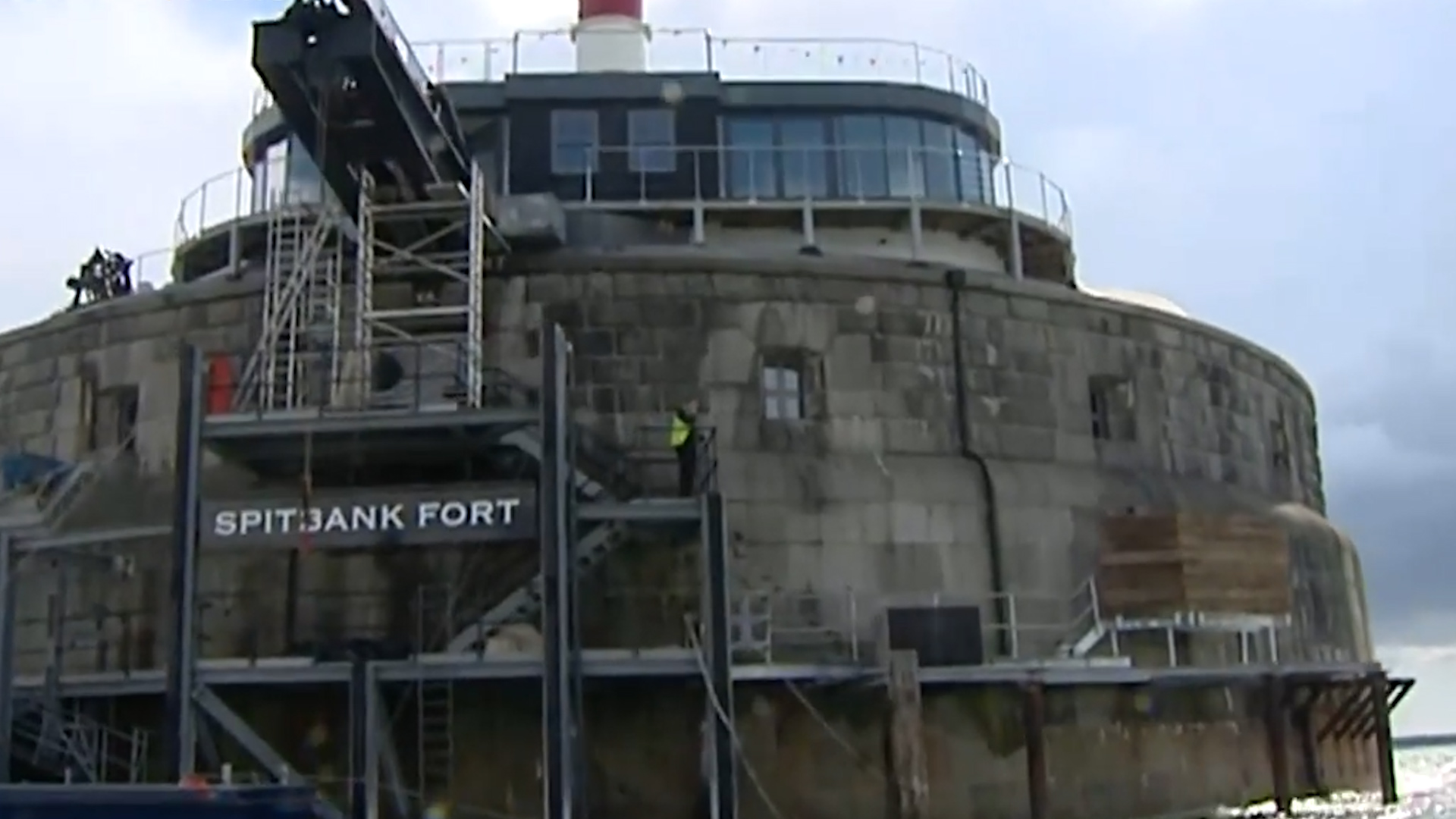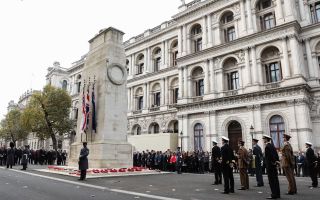
Two Victorian-era maritime fortresses sell for more than £1m each at auction

Two historic Victorian forts located off the coast of the Isle of Wight have been sold at auction, each fetching more than £1m.
Originally built as part of the Palmerston Forts to protect England from a feared French invasion, the two maritime forts have been under the same ownership for 12 years and operating as luxury hotels.
No Man's Fort sold for £1,120,000, while hammer went down on Spitbank Fort at £1,010,000.
The construction of Spitbank Fort began in 1865.
Named after the nearby sandbank, Spitbank Fort was part of a larger network of fortifications commissioned by Prime Minister Lord Palmerston in response to the perceived threat from France under Napoleon III.
The fort was designed to house heavy artillery, including 12.5-inch muzzle-loading guns, capable of firing over long distances to protect the British coastline and its naval assets.
Spitbank Fort, like its sister forts – Horse Sand Fort and No Man's – was constructed using a combination of granite and iron, providing both durability and resilience against potential attacks.
However, advancements in military technology soon rendered these forts obsolete, and they never saw combat.
Spitbank Fort is an impressive circular structure, spanning approximately 162ft in diameter and its multi-layered design includes a basement, a gun floor and a top deck.
The fort's thick granite walls, up to 15ft thick in some places, were built to withstand significant bombardment.
The interior was designed to accommodate a garrison of up to 150 men, providing living quarters, storage facilities and ammunition magazines.
One of the most notable features of Spitbank Fort is its central courtyard, which was originally an open space used for mustering troops and storing supplies.
The courtyard is surrounded by a series of casemates – enclosed gun emplacements – that originally provided additional protection for the fort's armaments and personnel.
The forts were never used as intended because by the time they had all been completed in 1880 the invasion threat had passed.
They were sold by the Ministry of Defence in the 1980s.









